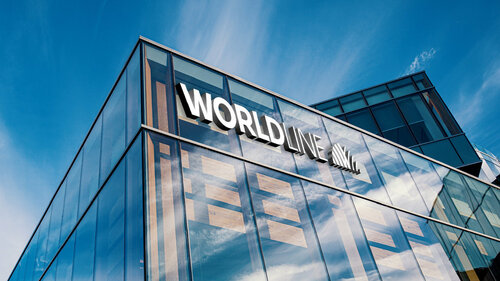07 November 2025
The ECB calms the waters, while firms adopt a more cautious stance
While since early October the markets had been hoping that the ECB would offset the decline in growth and the political vagaries of the Eurozone's second pillar with an accommodative policy in 2026, Christine Lagarde tempered their enthusiasm and prepared them for a stabilization of key interest rates, stating that European inflation is approaching the 2% target. But let's be honest: this disinflation owes little to the ECB itself. Like inflation in 2021-2022, it stems primarily from exogenous factors: easing energy prices, falling commodity prices, and economic lethargy.
As has been the case for the past 15 years, the ECB finds itself juggling higher inflation where growth is picking up, mainly in southern Europe, with stagnation in the north, and has reached a kind of compromise. As a result, it is preparing the markets for a prolonged status quo, with a particular focus on keeping some ammunition in reserve in case of more severe stress. This was all it took for the markets to correct their optimism about “too many rate cuts,” for the umpteenth time since 2022, and long-term rates have been rebounding for several days, continuing to fuel volatility in long-term, high-quality bond portfolios, while short-term credit remains stable, benefiting from higher carry and lower sensitivity.
Across the Atlantic, the United States is still showing solid growth despite the current political chaos: a record government shutdown, a paralyzed Congress, and massive tariffs. For now, these tariffs have boosted tax revenues and sustained fiscal momentum, but in the medium term they could well undermine consumption and investment, especially if the administrative deadlock drags on. The US economy remains robust but polarized: tech giants continue to invest heavily—Meta has just issued $30 billion in debt, which is a far cry from the small-scale defense or AI research plans of some European countries that are struggling to raise a few billion... or even a few million in some cases, which we nevertheless boast about... – while low-income households are beginning to falter. Natural gas prices have soared 35% in a week, reminding us how energy shocks can suddenly reignite inflation.
On the microeconomic front, we note a certain degree of caution among companies despite a fairly satisfactory earnings season. One example is Bouygues, which, despite achieving its quarterly targets and posting solid margins, has opted to revise its outlook downward and adopt a more cautious financial policy by reducing its debt somewhat. In this area, it is clear that companies based in France are the most affected and the most cautious about their medium-term future, given the political and fiscal uncertainty that prevails there. It should be noted here that, since 2024, despite what the markets and credit spreads may suggest—as they have not widened too much for the moment— we continue to avoid most French issuers that we believe are exposed to major political risk and could suddenly default, as many “peripheral” issuers did between 2011 and 2012.
And then there are the perennial laggards that keep making headlines in our Hebdo Crédits for several months, even years. First, there is Casino, which swore it had completed its “definitive restructuring” in 2024, but is already preparing for the next one. Less than two years after reducing its debt by €4.9 billion, the retailer is reopening discussions to “adapt its financial structure.” Covenants are tightening, financial costs are rising again, and the 2027 deadlines are approaching. The “Renouveau 2030” plan risks running into the same obstacles as the previous one—too much debt, too little cash, and above all, too much optimism on the part of management and when finalizing the rescue plan... This is a recurring phenomenon in the financial markets and particularly in companies in difficulty: remember the x plans of Pages Jaunes, Chronopost, Atos...
Speaking of Atos, let's turn to Worldline, which confirms our doubts from last week. The group has announced a new capital increase of €500 million, in which BNP Paribas, Crédit Agricole, and Bpifrance are participating courageously, patriotically, politically, or simply because they are already too committed? The operation reassures the markets in the short term, but above all it validates our diagnosis of the past few months: the balance sheet remains fragile, cash flow is meager, and profitability is hypothetical. We wrote in particular that “the expected free cash flow of between €20 million and €100 million represents a mere drop in the ocean compared to €4 billion in revenue”: nothing has changed. The cost of debt has skyrocketed, goodwill remains stuck at €9 billion out of €12 billion in assets, and multiple transformation plans are piling up without generating any cash flow.
French banks are showing their support, but it's hard to see it as anything other than an act of industrial preservation—not a bet on profitability.
Worldline bonds climbed following these announcements, particularly those with short maturities up to 2027. Rather than a sign of stability and better fortune for Worldline, we see this rebound solely as a low-cost exit for bondholders, whom we will advise to sell their bonds quickly if they have not already done so... Because history will repeat itself at Worldline, but shareholders will not want to keep putting money into the pot indefinitely.
Matthieu Bailly









